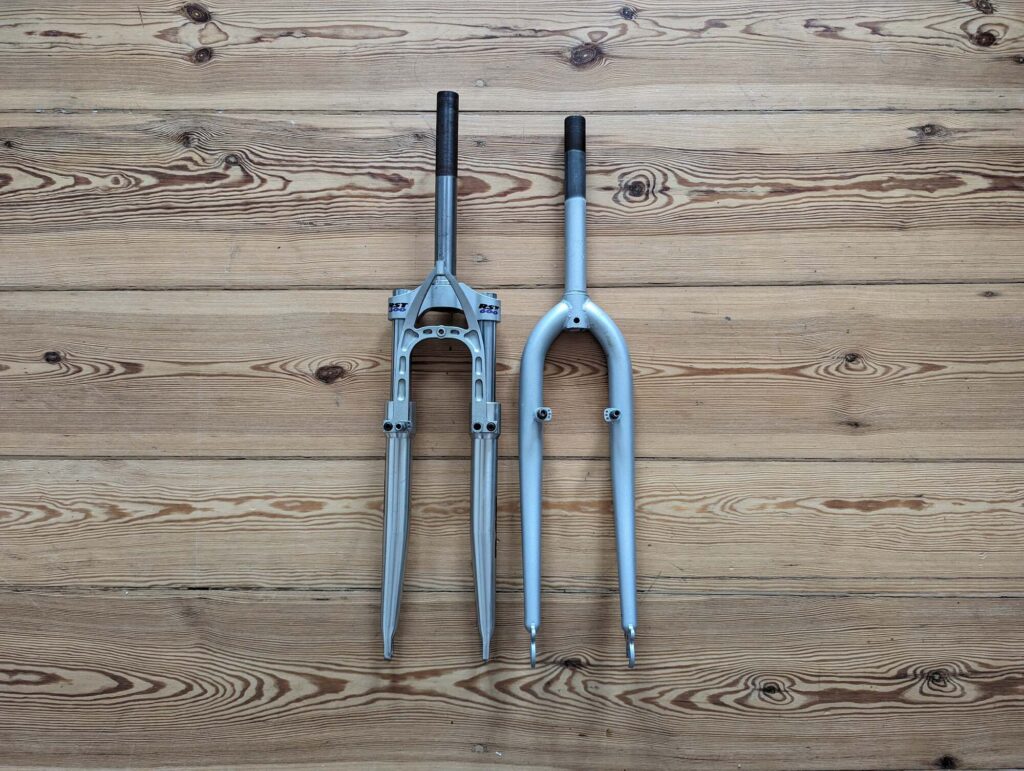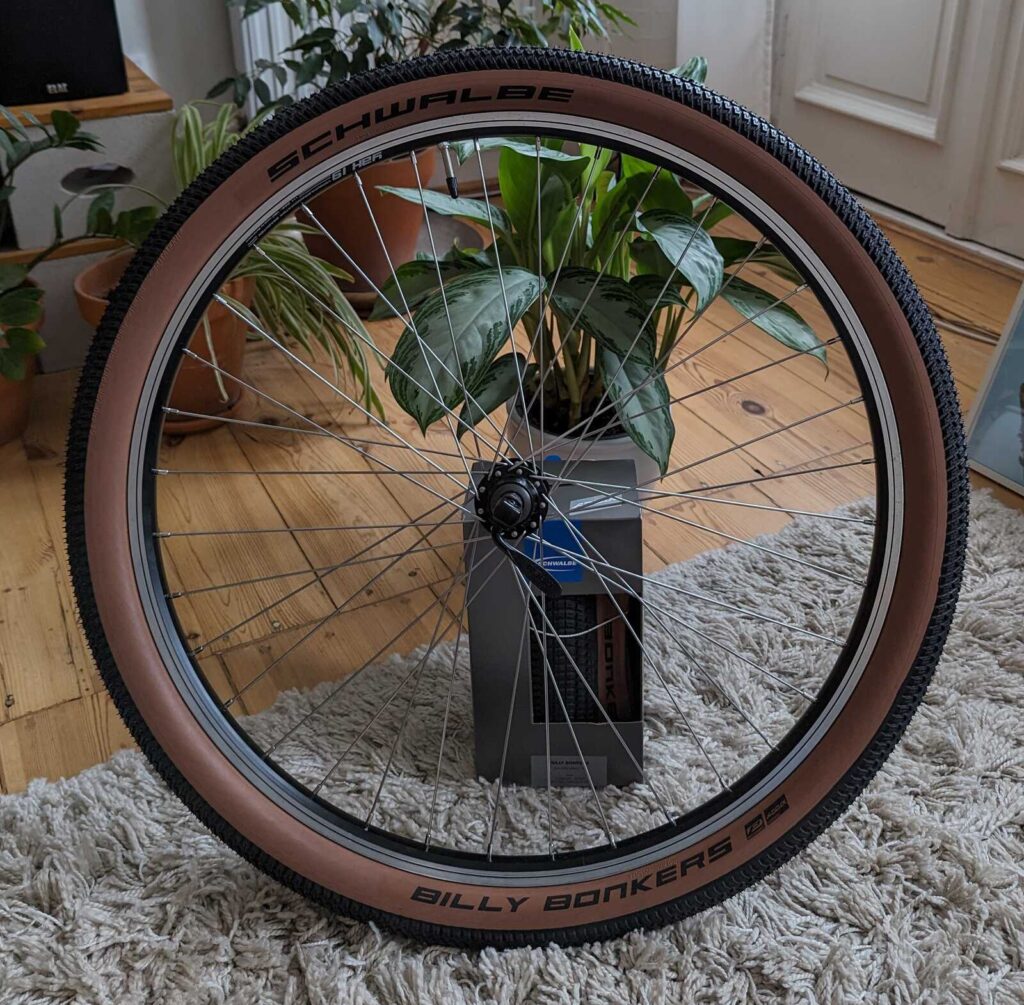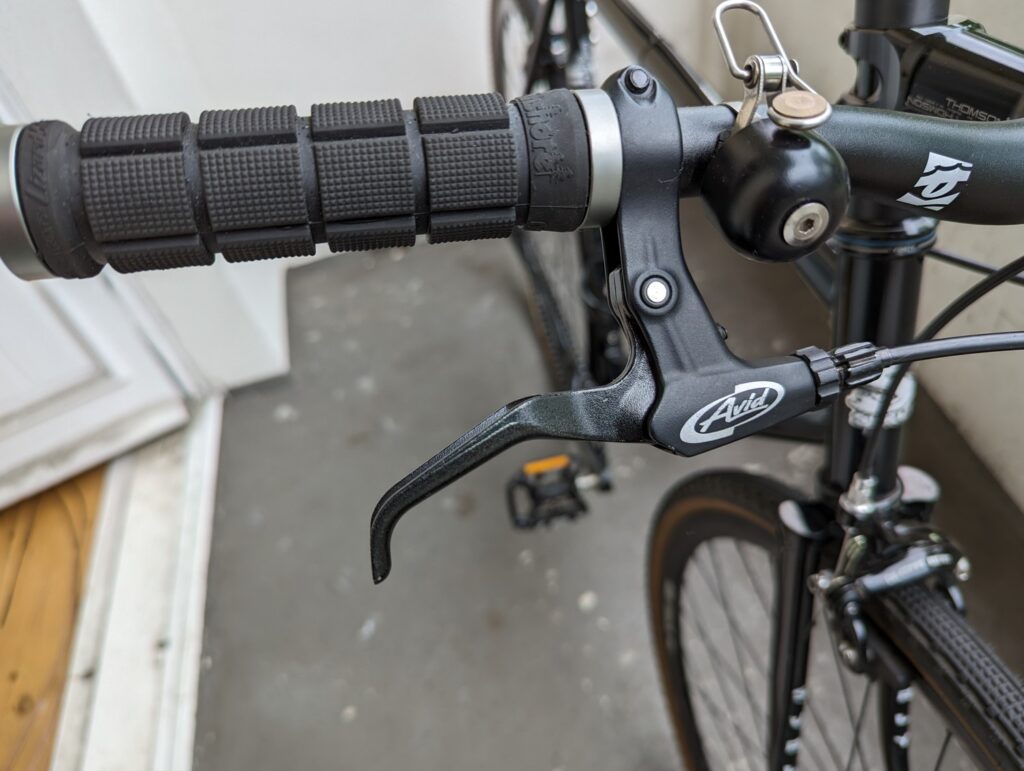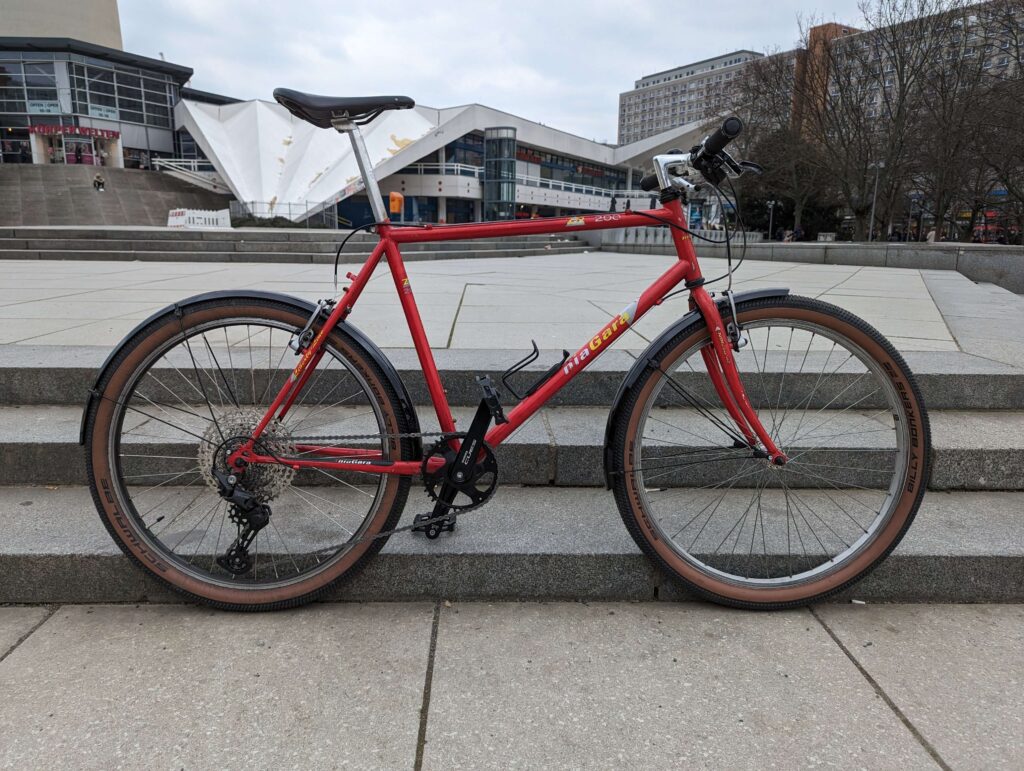A 26″ mountain bike can be an affordable and versatile choice for off-road enthusiasts, beginners, or anyone looking to get into mountain biking without breaking the bank. However, building or upgrading a bike on a budget requires some planning to ensure you get quality components that are durable, functional, and offer good performance. Here’s a guide to the essential components you need and how to make the most of your budget.
Frame

Material
Aluminium frames are generally affordable, lightweight, and durable. Steel is often cheaper, and while it’s heavier, it provides a comfortable, sturdy ride. Try browsing your local online classifieds for an old frame or full build, I guarantee there are some great deals to be had, there are loads of 90’s builds knocking around in peoples basements.
Considerations
Avoid carbon fibre frames unless you find an unbeatable deal, as they tend to be expensive and can be more susceptible to damage. Ask yourself if you really wanna be thrashing around on first gen 30 year old Carbon?
Fork

Budget Option
Look for a basic suspension fork with around 100mm of travel, which should provide enough cushioning for light to moderate trails.
Best Value
The SR Suntour XCT or XCM series is often recommended for budget builds. They provide decent performance at a low price, but avoid aggressive riding as they may not be as durable under high stress.
Rigid Forks
For a lighter and even cheaper option, you can consider a rigid fork, especially if you plan to use the bike on smoother trails or as a commuter.
Wheels and tires
Wheels
Look for double-walled aluminum rims, which offer a good balance of durability and affordability. Stick with reputable budget brands like Alex Rims or WTB.
Tires
Tires are critical for grip and control. Look for a set of all-rounder tires around 2.1″–2.3″ wide, which are suitable for both trails and street riding. Schwalbe, Kenda, and Maxxis offer affordable models for various terrains.

Schwalbe Billy Bonkers are one of the most popular tires for retro mountain bikes. They are cheap, relatively fast and look great.
Tubeless vs. Tubed
While tubeless setups are popular for mountain biking, they tend to be more costly. Traditional tubed setups are more affordable and easier to maintain on a budget.
Drivetrain
Single-Speed vs. Gears
If you’re sticking to smooth trails or flat terrains, a single-speed drivetrain is simpler and cheaper. For varied terrain, look for a 1x or 2x drivetrain (one or two front chainrings) to keep costs down while still offering enough gearing options.

Shimano’s Deore line is their MTB ready groupset and can be had for relatively cheap. I’d recommend a 1x setup for simplicity’s sake.
Budget Brands
Shimano Altus or Acera groupsets are even more affordable and perform well for beginners or recreational riders. MicroSHIFT also offers budget-friendly options with decent shifting performance.
Cassette/Freewheel
Opt for an 8- or 9-speed cassette if your frame and hub are compatible, as these tend to be more affordable and allow a good range of gears. 11 Speeds cassette’s will also fit most modern hub’s but some older ones may only support up to 7 speed.
Brakes
Mechanical Disc Brakes
Mechanical disc brakes are generally cheaper and easier to maintain than hydraulic disc brakes. The Shimano MT200 are an affordable hydraulic option whereas the Tektro MD-M280 models offer reliable mechanical stopping power without costing too much.
V-Brakes
If your bike frame doesn’t support disc brakes, V-brakes are an affordable and effective choice for light trails and commuting. They’re easy to install, maintain, and repair.
You absolutely cannot go wrong with the Shimano BR-T4000 v brake, they are dirt cheap and stop great. The absolute best value brake lever to pair with these is the Avid FR-5. I’ve installed these on so many bikes, the ergonomics are spot on and they are bulletproof.

Handlebars and stem
Handlebars
Wider handlebars (around 700mm) offer better control and stability on trails. Look for aluminum handlebars, which are inexpensive yet durable.
Stem
Keep the stem relatively short (50-70mm) for better handling on trails. Quality budget options are available from brands like Race Face and Wake, which offer aluminum stems at affordable prices.
Saddle and seatpost
Saddle
A comfortable saddle is crucial for long rides. Brands like WTB, Selle Royal, and Bontrager offer reasonably priced options that provide decent comfort.
Seatpost
An aluminum seatpost will be durable and affordable. Consider a suspension seatpost if you want extra comfort, but keep in mind this will add to your cost slightly.
Pedals
Platform Pedals
For beginners or casual riders, flat platform pedals are a good choice. Aluminum platform pedals are lightweight, durable, and often more affordable than clipless systems.
Budget Recommendations
Look for affordable options from brands like RockBros or Wellgo. These offer decent grip and durability for budget builds.
Chain, cables and housing
Chain
A reliable chain is essential. The KMC and Shimano brands offer affordable chains that perform well, especially with lower-speed drivetrains (8 or 9-speed).
Cables and Housing
Don’t overlook cables and housing; they’re essential for smooth shifting and braking. Jagwire and Shimano offer affordable options that will improve the overall performance of your bike.
Assembling Your Budget Mountain Bike
When building a budget bike, balance your investment across components to avoid weak spots that may compromise the bike’s performance. For instance, a good-quality drivetrain and brakes are essential, whereas handlebars or saddles are easier to upgrade later if needed. Stick with reputable budget brands that offer reliable performance for casual to intermediate mountain biking.
Total Estimated Budget
Here’s a rough budget range for a 26” mountain bike setup:
Frame: $100–$200
Fork: $50–$150 (often included as part of the frame set)
Wheels: $80–$120
Tires: $20–$40 each
Drivetrain: $80–$150
Brakes: $30–$70
Handlebars and Stem: $30–$50
Saddle and Seatpost: $20–$40
Pedals: $15–$30
Chain, Cables, and Housing: $10–$30
Summary
Building a budget 26″ mountain bike is a rewarding project that allows you to personalize your bike without overspending. Focusing on quality and value in essential components ensures you have a durable bike that can handle trail riding and daily commutes alike. By choosing budget-friendly brands and prioritizing critical components like the frame, drivetrain, and brakes, you can build a reliable and enjoyable mountain bike for a fraction of the cost of a new model.




Was this guide useful? Let me know in the comments.